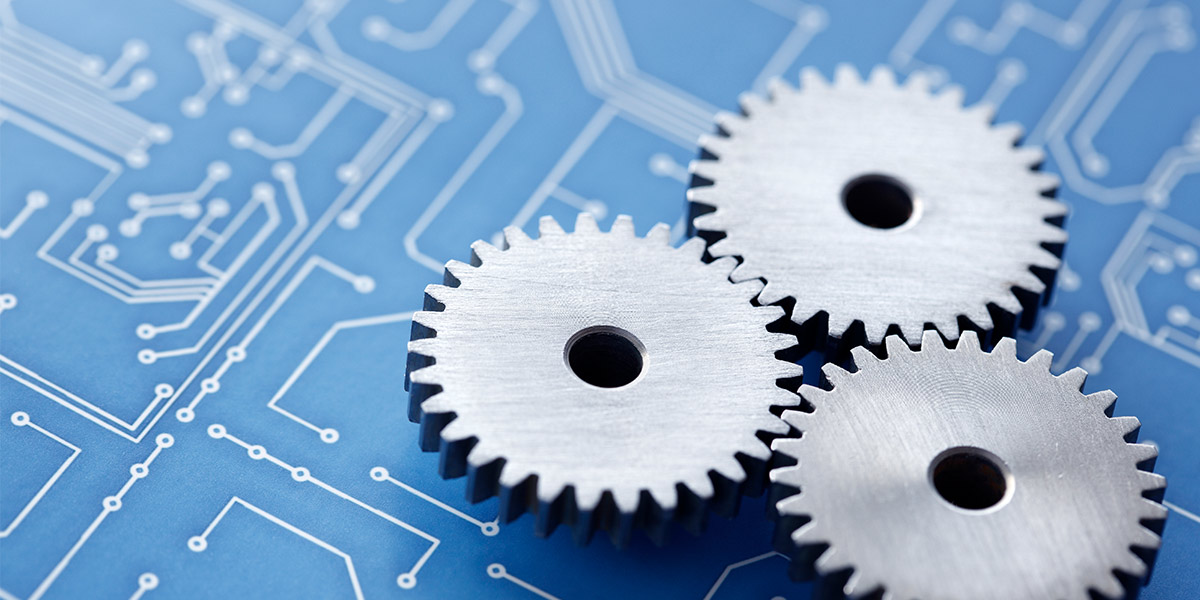
Before exploring engineering, please fill out this short survey: https://forms.gle/6829EHzkWTsnUauJ8
Engineering is the application of science to solve real world problems. Everything from your cell phone to airplanes to bridges and countless other objects we encounter on a daily basis has been created by engineers. Of course this means engineering is a very broad field. This module will only be a snapshot of engineering, so you are highly encouraged to keep exploring with the links provided at the end of the module. There are five main types of engineering:
- Civil Engineering – the improvement of civil society by improving infrastructure and common utilities
- Mechanical Engineering – the improvement of machines and systems
- Chemical Engineering – the use of raw materials (chemicals) to create useful products for the public
- Electrical Engineering – the design of electrical systems from small-scale uses in our homes and daily lives to large-scale uses for businesses, communication, and entertainment.
- Environmental Engineering – the improvement of environmental issues such as air and water pollution, recycling and waste disposal to create a more eco-friendly world.
Meet Evelyn Wang – a real life Mechanical Engineer:

Evelyn Wang is Mechanical Engineer and Professor at Massachusetts Institute of Technology (MIT). Wang was born to two Taiwanese immigrants and grew up in Santa Monica, California. She earned her bachelor’s degree after four years of studying at MIT in 2000. Then, Wang studied at Stanford University to earn her P.h.D. After becoming a professor at MIT, Wang worked on several mechanical engineering projects. For instance, she helped create a device that is able to turn saltwater into drinkable fresh water. She also created a device that can extract drinkable water from the atmosphere! The device works by using a powdery substance that draws in and traps water vapor from the air. Then, the water vapor is cooled down and condenses into liquid, drinkable water.

You can find out more about Evelyn Wang by exploring these links:
http://meche.mit.edu/people/faculty/enwang@mit.edu
https://en.wikipedia.org/wiki/Evelyn_Wang
Explore engineering by designing and testing a bridge made out of paper:
Watch this video to find out how to create a paper bridge: https://youtu.be/GF5ceOyHCK4
What you will need:
- 1-2 sheets of paper
- coins
- 2 books
- scissors (optional)
- tape (optional)
Instructions:
- Place the books about 6 inches apart
- Fold a piece of paper however you want as long as it is able to span the entire distance across the two books
- Place coins one by one until the bridge collapses. Record some observations about how the bridge collapsed to help give you ideas about how to improve the bridge
- Design a new bridge based off of your observations that will support more coins than the first bridge
- Keep testing new designs and see how different variables affect how many coins a paper bridge can support!

Need help thinking of a new design? Here are some prompts to get you started:
- Create supports by folding smaller pieces of paper into different shapes
- Place the coins evenly spread apart on the bridge
- Fold the piece of paper in half and then place coins on the crease. Did the crease make the bridge stronger or weaker?
- Place supports evenly spread apart the distance and then place them all in the center. Was the bridge stronger with the supports spread apart or close together?
- Test different kinds of paper such as index cards and construction paper
- Try to create a bridge for a distance of 8 inches, 10 inches, and 12 inches. What are some challenges that arise while designing a bridge for the longer distances?
After completing the activity, let us know how many coins you were able to support with a paper bridge in the comments at the bottom of the page. Also share what type of coin you used and describe the design of your bridge!
Interested in a career in engineering? Here are some high school classes and extracurriculars you can become involved in:
High School Classes:
Try to take Honors, AP, IB or other accelerated classes if they are offered at your high school!
- Pre-Calculus
- Calculus
- Chemistry
- Physics
Extracurriculars:
- Robotics Clubs
- Project Lead the Way
- Participate in STEM contests such as Science Olympiads or Quizbowl
- Join other STEM groups or clubs hosted at your school or create a STEM club of your own!
Please fill out this survey now that you have learned more about engineering: https://forms.gle/eQrkyztNWiRfzMhb9
Here are some more resources to help you continue your exploration of engineering!
Activities:
- Create an edible rover (https://www.teachengineering.org/activities/view/cub_mars_lesson03_activity1)
- Create a pop-up book (https://www.teachengineering.org/activities/view/cub_art_lesson01_activity2)
- Engineering Bingo (https://docs.google.com/document/d/1sPKxLOq1f5bGcmqkz5INuIaV6jpb-GtsSm8RlmBtVfc/edit?usp=sharing)
Check out these YouTube Channels:
- Simone Giertz (https://www.youtube.com/channel/UC3KEoMzNz8eYnwBC34RaKCQ)
- Xyla Foxlin (https://www.youtube.com/c/xylafoxlin/videos)
- Jenny Ma (https://www.youtube.com/channel/UCC_sp9B1jwesbC5-T04Tt9w)
- CrashCourse Engineering (https://www.youtube.com/watch?v=ToC8rFFp88Y&list=PLH2l6uzC4UEVUmJdTMStYXad_sI73_T0x)
Awesome engineering site!
LikeLike